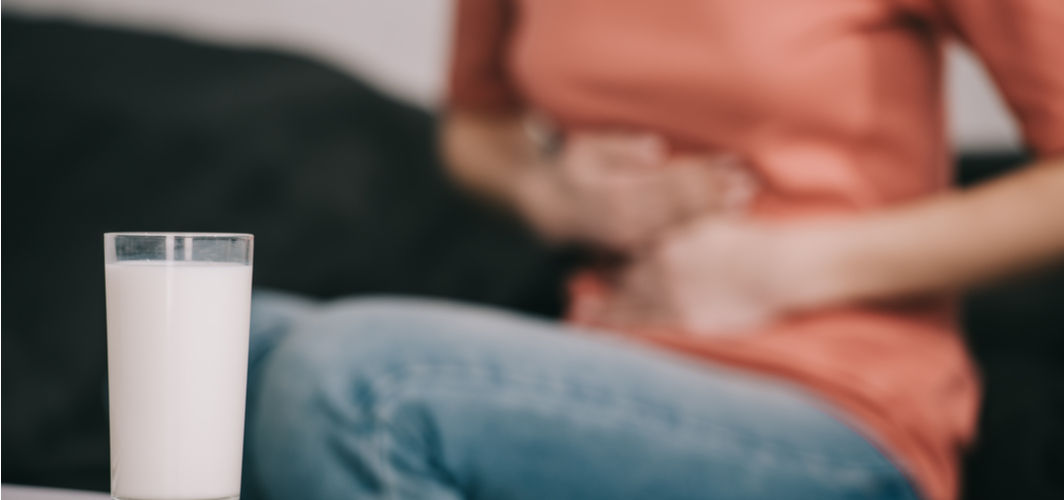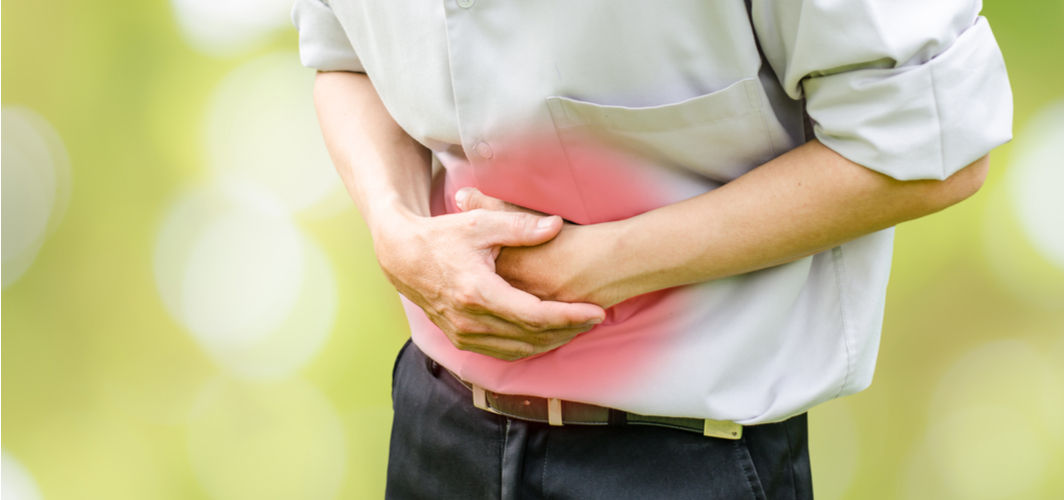Digestive Health
Laser Treatment for Piles: Everything You Need To Know
8 min read
By Apollo 24|7, Published on - 26 July 2023, Updated on - 07 August 2024
Share this article
0
0 like

Piles, also known as haemorrhoids, are swollen blood vessels in the anal canal. They can cause discomfort, pain and bleeding during bowel movements. Piles are highly prevalent in India, with studies showing that it is one of the common diseases observed in patients below 40 years of age, especially if they are under stress. Factors such as a sedentary lifestyle, poor dietary habits and genetic predisposition contribute to their prevalence. While there are several ways of dealing with piles, laser treatment offers several advantages over traditional surgical methods, including reduced pain, faster recovery and minimal post-operative complications. Let us know more about it in this article.
What is Piles?
Piles are swollen blood vessels in the rectal area. They can be internal or external and can cause discomfort and pain. Understanding the causes and risk factors associated with piles can help in their prevention and management.
1. Causes and Risk Factors of Piles
Several factors can contribute to the development of piles. Some of the factors include:
- Straining during bowel movements
- Obesity
- Pregnancy
- Ageing
- Sedentary lifestyle
- Family history of piles
2. Types of Piles
Piles can be classified into different types based on their location and severity:
- Internal Piles: These occur inside the rectum and are usually painless. However, they may cause bleeding during bowel movements.
- External Piles: These are located under the skin around the anus. They can be painful and may cause itching, swelling and discomfort.
- Mixed Piles: Mixed piles are a combination of internal and external piles. They can cause several symptoms, including bleeding, pain and itching.
Symptoms of Piles
Common signs and symptoms of piles can vary in severity. Here are the key symptoms to be aware of:
- Itching and Irritation: Itching and irritation around the anus are common symptoms of piles, which are caused by swollen blood vessels in the area.
- Anal Bleeding: Another common symptom is anal bleeding, which is usually painless but can be alarming.
- Pain and Discomfort: Piles can lead to varying degrees of pain and discomfort, particularly during bowel movements, depending on the severity of the condition.
- Lump or Swelling Around the Anus: Piles can also lead to the formation of a lump or swelling around the anus. This can be felt as a soft mass or a hard lump, depending on the type of pile.
If you are experiencing any of these symptoms, it is advisable to consult a healthcare professional for a proper diagnosis and treatment plan.
Laser Treatment for Piles: An Advanced Option
Laser treatment for piles, also known as laser surgery for piles or fistula laser treatment, is a modern and effective approach to treating piles. It offers several advantages over conventional surgical methods.
1. Principles of Laser Treatment for Piles
During laser treatment for piles, a high-intensity laser beam is used to target and shrink the swollen blood vessels in the rectum and anus. This helps alleviate the symptoms of piles and promotes faster healing.
2. Advantages of Laser Treatment over Conventional Surgical Methods
Some of the advantages of laser treatment for piles include:
- Laser treatment is minimally invasive, with no incisions or stitches required. Patients experience less pain and discomfort during and after the procedure.
- Laser treatment has a faster recovery time compared to traditional surgical methods. The hospital stay is shorter, usually limited to a day or two.
- Laser treatment minimises complications like infection and scarring by providing precise and targeted therapy that minimises damage to healthy tissues.
3. Procedure and Techniques Used in Laser Treatment for Piles
The two main techniques used in laser treatment for piles are:
- Laser Coagulation: In this technique, the laser is used to cauterise the haemorrhoidal tissue, reducing its size and sealing off blood vessels. This helps in relieving symptoms like pain, bleeding and itching.
- Laser Haemorrhoidoplasty: This technique involves the use of laser energy to remove excess tissue and reshape the haemorrhoids. It helps in reducing prolapse and discomfort associated with piles.
4. Effectiveness and Success Rates of Laser Treatment
Laser treatment has shown high success rates in treating piles. Studies have reported significant improvement in symptoms, including pain, bleeding and itching.
5. Comparison with Other Surgical Methods
When it comes to treating piles, laser treatment offers several advantages over traditional surgical methods:
- Traditional Haemorrhoidectomy: This is a conventional surgical procedure that involves removing the haemorrhoids. It is effective for severe cases but has more pain, longer recovery time and higher complication risks than laser treatment.
- Stapler Haemorrhoidopexy: This procedure uses a circular stapler device to lift and remove the haemorrhoids. It is less invasive than traditional haemorrhoidectomy but still carries a higher risk of complications than laser treatment.
Preparing for Laser Treatment
Preparing for laser treatment involves several important steps to ensure a successful procedure.
1. Consultation with a Proctologist
- Schedule an appointment with a proctologist to discuss your symptoms and determine if laser treatment is the right option.
- A thorough examination will be conducted and other tests, such as a colonoscopy, may be recommended to rule out any underlying conditions.
2. Preoperative Instructions and Medications
- Follow fasting instructions from your proctologist before the procedure. Typically, you'll need to avoid eating or drinking for a few hours before the treatment.
- Inform your proctologist about your current medications, including over-the-counter drugs and supplements. They may recommend temporarily stopping certain medications before the procedure.
3. Dietary Recommendations Before the Procedure
Follow dietary recommendations from your proctologist, such as:
- Eat high-fibre foods like fruits, vegetables and legumes to soften stools and ease bowel movements.
- Stay well-hydrated by drinking plenty of water.
- Avoid constipation-causing or symptom-worsening foods like processed foods, spicy foods, caffeine and alcohol.
The Laser Treatment Process
The laser treatment process for piles involves several key components to ensure effective treatment and recovery. The key components of the process are listed below.
1. Anaesthesia Options
Before the procedure, anaesthesia options will be discussed with your healthcare provider.
- Local Anaesthesia: This is the most common option, where only the treated area is numbed.
- General Anaesthesia: Used for complex cases or when the patient prefers to be unconscious during the procedure.
2. Surgical Steps and Techniques Used
The following steps and techniques are used during the treatment process.
- The surgeon uses a laser beam to precisely target the affected area, causing minimal damage to surrounding tissues.
- The laser energy is then applied to shrink or seal off the affected tissue.
3. Postoperative Care and Recovery Guidelines
The following postoperative care guidelines can help ensure a smoother recovery and long-term relief.
- You may experience some discomfort or pain after the surgery, which can be managed with pain relievers prescribed by your doctor.
- It is important to follow a high-fibre diet and drink plenty of water to avoid constipation.
- Avoid strenuous activities and heavy lifting for a few weeks.
- Regular follow-up appointments with your doctor are essential to monitor your progress and address any concerns.
Potential Risks and Complications of Laser Treatment
While laser treatment for piles offers advantages over traditional surgical methods, it's important to be aware of potential risks and complications:
- Temporary Discomfort and Bleeding: Some discomfort and bleeding are common after laser treatment but it typically subsides within a few days. Inform your doctor if symptoms persist or worsen.
- Infection and Wound Healing Issues: Infection is rare but possible. Proper wound care and following post-operative instructions would minimise this risk. Delayed wound healing may require additional treatment.
- Rare Complications and Long-term Effects: Rare complications, such as damage to nearby structures or nerves, can occur. Long-term effects like pile recurrence or anal strictures are infrequent but possible.
Post-Treatment Care and Lifestyle Recommendations
Post-treatment care and lifestyle recommendations are crucial for healing, preventing complications, and reducing the risk of recurrence. Here are key aspects to consider:
1. Pain Management and Medications
- Take prescribed pain medications as directed by your doctor to manage post-treatment pain.
- Use ice packs or sitz baths to alleviate discomfort and reduce swelling.
- Avoid sitting for prolonged periods, as it can worsen the pain.
2. Dietary Modifications for Improved Bowel Movements
- Increase your fibre intake by eating fruits, vegetables, whole grains, and legumes.
- Stay hydrated by drinking plenty of water and avoiding excessive caffeine and alcohol.
- Avoid spicy foods, which can irritate the digestive system.
3. Hygiene Practices and Anal Care
- Clean the anal area gently with warm water after each bowel movement. Avoid using harsh soaps or wipes.
- Pat the area dry with a soft towel.
- Avoid straining during bowel movements by maintaining a regular bathroom schedule and not delaying the urge to go.
- Use a cushion or pillow when sitting to relieve pressure on the anal area.
Conclusion
In conclusion, laser treatment for piles, also known as laser surgery for piles, is gaining popularity due to its numerous benefits. Some key advantages include minimal pain, faster recovery time, reduced bleeding and reduced risk of infection. It is a safe and effective option for treating piles. However, it is important to consult a professional medical specialist to determine if laser treatment is suitable for your specific condition. Seek expert advice to discuss all available treatment options and make an informed decision.
Consult Apollo’s Expert Surgeons
FAQs
Q. How long does it take to recover from laser treatment for piles?
The recovery time after laser treatment for piles is usually quicker (a few days to a week) than with conventional surgery.
Q. How long does a laser treatment process take?
The procedure usually takes around 30 minutes to an hour, depending on the complexity.
Q. Can laser treatment for piles be done on all types of piles?
Laser treatment for piles can be used for most types of internal and external haemorrhoids, including grades I to IV.
Q. Will laser treatment for piles guarantee permanent relief?
Laser treatment offers long-lasting relief from piles. Maintain a healthy lifestyle with a high-fibre diet, exercise and hydration to prevent recurrence.
Q. Will I need multiple sessions of laser treatment for piles?
Typically, one laser treatment session effectively treats haemorrhoids. However, the number of sessions needed varies based on severity and individual factors.
Digestive Health
Consult Top General Surgeons
View AllLeave Comment
Recommended for you

Digestive Health
Lactose Intolerance: Why Some People Cannot Digest Milk Products
Lactose intolerance is a digestive problem that is characterized by the inability to digest lactose, a type of natural sugar commonly found in dairy products such as milk and yogurt.

Digestive Health
Several Small Meals Or One Or Two Large Meals A Day? Which One Is Healthier?
Every individual should choose their eating habits based on their metabolism or health goals. However, the debate is all about whether to eat many meals in small portions or eat one or two heavy meals in a day.

Digestive Health
Diverticulosis & Diverticulitis: Disorders Affecting the Large Intestine
When the diverticula do not cause any symptoms, the condition is called diverticulosis and when symptoms do occur with severe abdominal pain, it is called diverticulitis.
Subscribe
Sign up for our free Health Library Daily Newsletter
Get doctor-approved health tips, news, and more.
Visual Stories

Hidden Health Benefits in a Bowl of Salad
Tap to continue exploring
Recommended for you

Digestive Health
Lactose Intolerance: Why Some People Cannot Digest Milk Products
Lactose intolerance is a digestive problem that is characterized by the inability to digest lactose, a type of natural sugar commonly found in dairy products such as milk and yogurt.

Digestive Health
Several Small Meals Or One Or Two Large Meals A Day? Which One Is Healthier?
Every individual should choose their eating habits based on their metabolism or health goals. However, the debate is all about whether to eat many meals in small portions or eat one or two heavy meals in a day.

Digestive Health
Diverticulosis & Diverticulitis: Disorders Affecting the Large Intestine
When the diverticula do not cause any symptoms, the condition is called diverticulosis and when symptoms do occur with severe abdominal pain, it is called diverticulitis.


